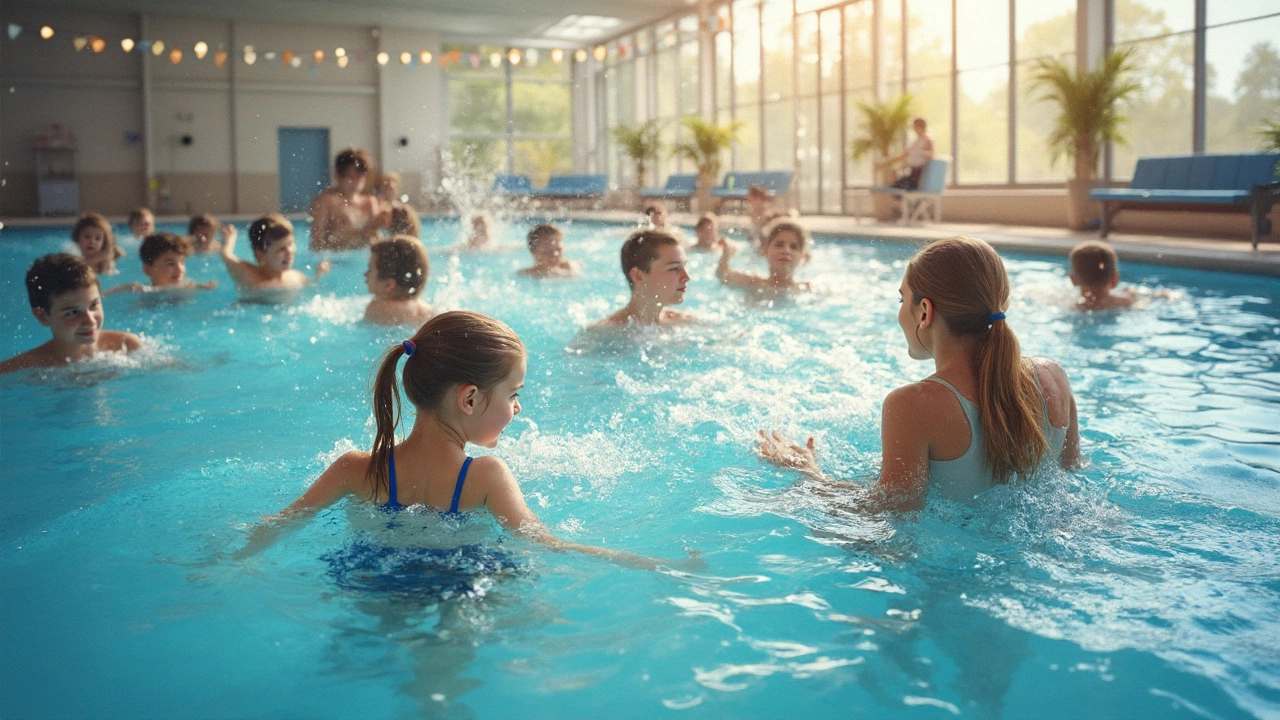
Swimming Lessons: When to Start, What to Look For, and How to Stay Safe
Ever wondered the perfect moment to get your child, yourself, or a friend into the pool? It’s not a one‑size‑fits‑all answer, but there are clear signs that tell you when the water is ready. Below you’ll get straight‑forward advice on age, class type, and safety basics so you can jump in with confidence.
Choosing the Right Age for Your First Lesson
Most experts agree that babies can start water familiarisation as early as six months. At that stage, the goal is simple: get comfortable with water on their skin, not learn strokes. Look for classes that use gentle splashing, toys, and parent participation. If your toddler can hold their breath and follow simple directions, around 2‑3 years is a good time to introduce basic kicking and arm movement.
Kids between 4‑5 years often have the coordination to learn front‑crawl basics. Their attention span is longer, and they’re ready for short, structured sessions (15‑20 minutes). For older children (6‑12 years) you can add more technique work, breathing drills, and a bit of endurance. Adults of any age can start, but fitness level matters – a calm, low‑impact class works best for beginners.
Key readiness cues:
- Can follow a simple command like “come up” or “hold this”.
- Shows curiosity about water, not fear.
- Has basic motor skills – kicking, arm swing.
- Is comfortable with a swimsuit and pool environment.
If more than one of these checks out, you’re likely ready to book a lesson.
Selecting the Best Class and Staying Safe
Not all swim schools are created equal. Look for qualified instructors with recognized certifications (e.g., ASA, Swim England). Small class sizes (max 4‑6 kids) give each swimmer individual attention, which speeds up learning and reduces risk.
Ask about safety policies: is there a lifeguard on duty, are pool temperatures regulated, and how do they handle emergencies? A good program will teach water safety basics from day one – how to float, how to exit the pool, and what to do if you feel panicked.
Equipment matters too. Properly fitted swim caps, goggles, and swim diapers (for babies) keep the experience comfortable. For older beginners, a kickboard or pull buoy can help focus on specific skills without overexertion.
Finally, reinforce what you learn in class at home. Short practice sessions in a shallow tub or a calm lake build muscle memory. Celebrate small wins – a new breath pattern or a longer glide – to keep motivation high.
Bottom line: start when the swimmer shows basic comfort and readiness, choose a reputable, small‑group class, and always prioritize safety. With those pieces in place, swimming lessons become a fun, confidence‑boosting journey for anyone willing to splash in.
